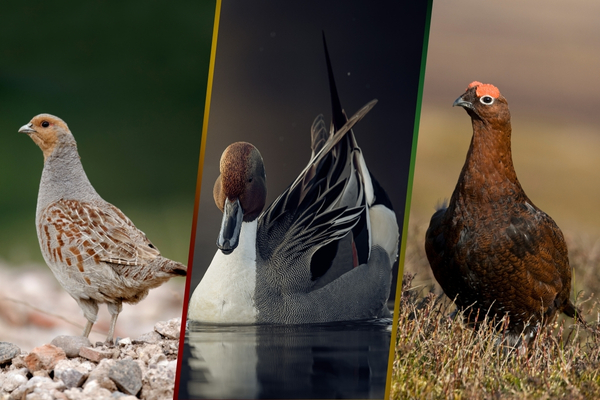
Reds, ambers and greens… but there’s more behind the scenes
Dr Cat McNicol challenges perceptions of the Birds of Conservation Concern list and explains why interpreting it in isolation has negative implications for shooting.
Get information on the legal shooting season for mammals and birds in the UK.
Apply for funding for your project or make a donation today
Comprehensive information and advice from our specialist firearms team.
Everything you need to know about shotgun, rifle and airgun ammunition.
Find our up-to-date information, advice and links to government resources.
Everything you need to know on firearms law and licensing.
All the latest news and advice on general licences and how they affect you.
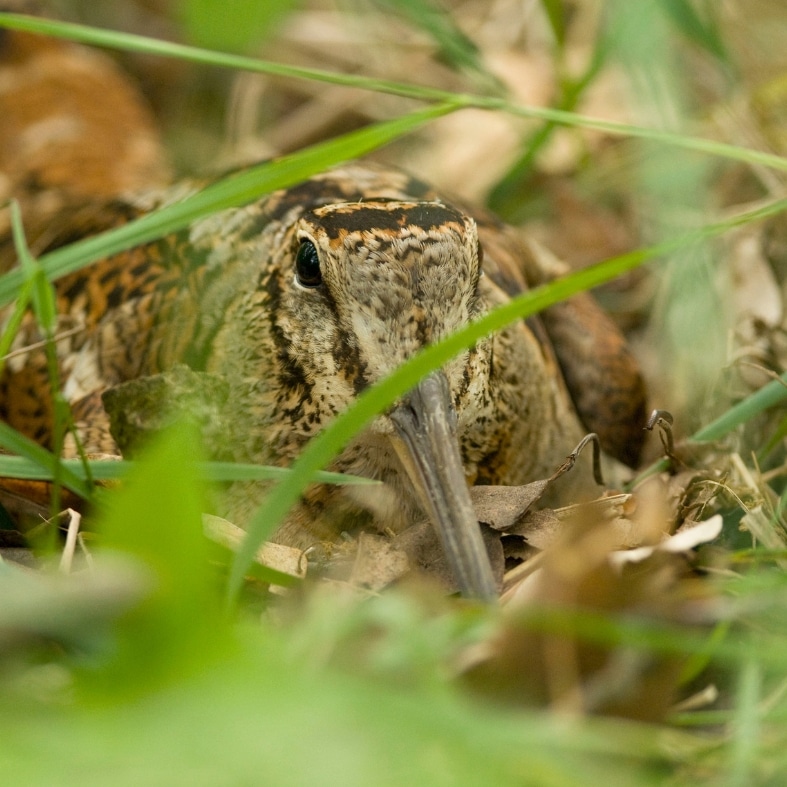

BASC’s Heather Warrender reviews the latest research relating to woodcock, looking at the shooting community’s role in reversing the decline in the fortunes of this enigmatic wader.
As we head into the peak of summer, here at BASC we are already thinking about the coming shooting seasons. For BASC’s evidence and environmental law team, the future of sustainable shooting is never far from the front of our minds. A big part of our work is to look for gaps in the evidence around species on the quarry list, how research can help plug these gaps and in turn, what we ask you to us help with.
In the last month there have been two papers published on a wonderfully quirky wading bird, the woodcock. Woodcock are different from other breeding waders, being the only ones who largely breed in woodland rather than in the uplands, farmland or along coastlines.
They also happen to be one of the world’s most abundant waders, with a global population estimate of 10-26 million individuals according to Heward et al., whose paper provided the results from the latest breeding woodcock survey.
This information may surprise you as woodcock are a bird very few of us are lucky enough to see during spring and summer due to their cryptic and nocturnal nature. Because of this woodcock are largely missed from the usual breeding bird surveys.
In 2003, a national breeding woodcock survey was undertaken to estimate Britain’s (NI was not included at this time) breeding woodcock population. The count established a male population of 73,346, assisted by the fact that the male woodcock’s lek-like behaviour of roding made them easy to count. This survey was repeated in 2013, yielding a population estimate of 55,241 males; a 29.5% decline over 10 years.
The latest results suggest the overall decline has not been as severe, with the current population estimate as of 2023 sitting at 50,750 males, a decline of eight per cent between 2013 and 2023.
The breakdown of these results reveals a picture which is not all bad. In fact, the English and Welsh population estimates have increased by 19.4 per cent and 24.5 per cent respectively since 2013. However, this is overshadowed by a stark decline of 41 per cent in northern Scotland, the area which holds the largest density of breeding woodcock in the UK and therefore impacts hugely on the overall population estimate and trend.
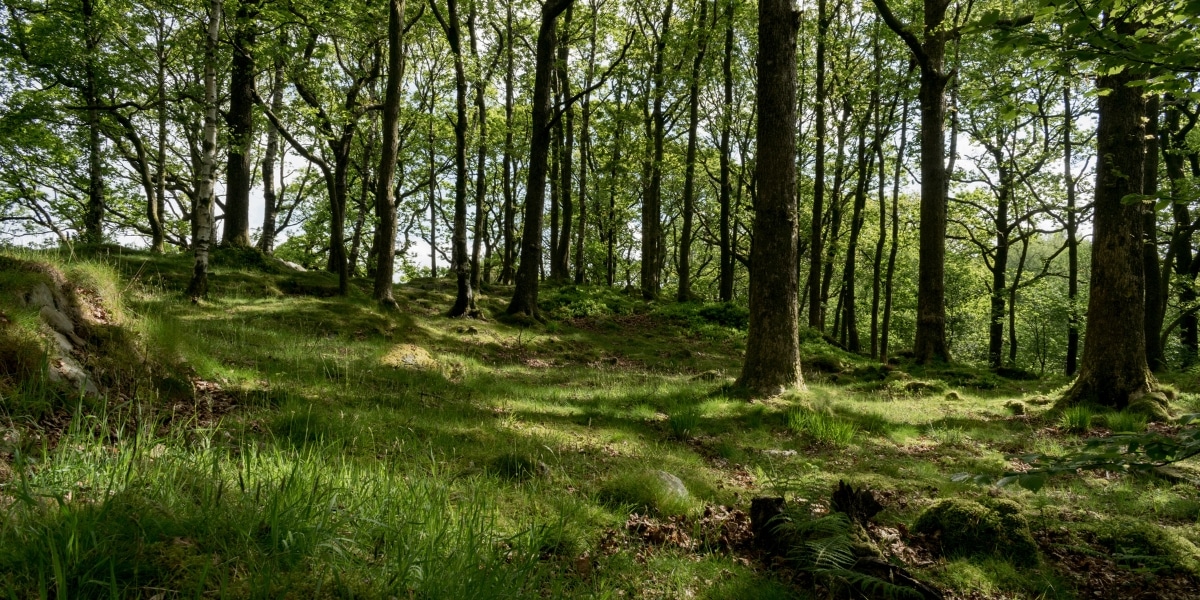
So, what might be causing these differences in results across the UK? Heward et al., explain that both habitat and weather play a large part in woodcock distribution and survival. This includes different woodland planting policies between the UK nations which may impact where suitable habitat is available to woodcock at any one time. And of course, woodlands are ever changing habitats, so the swathes of young trees planted 20 years ago which once supported good populations will now be grown into mature woodland which is no longer as suitable.
The harvest of woodcock is also mentioned within the paper. In England and Wales the woodcock bag has halved between 2005 and 2019, whereas it has remained largely stable in Scotland. The reason for this is likely due to the larger migratory wintering population in northern Britain during milder winters (of which we have had many in recent years), resulting in consistently more stable numbers across Scotland compared to the rest of the UK.
Which leads us nicely onto the other paper regarding woodcock which was published in May, by our own BASC scientists, Dr Cat McNicol and Dr Matt Ellis, along with Dr Joah Madden of Exeter University.
The paper is titled ‘Evaluation of self-regulation by the hunting community, a case study on the voluntary restraint of woodcock hunting in the UK’. The research analysed harvest data from a range of sources, such as game cards, shoot providers and the BASC wing survey. It found that 90 per cent of shooters take woodcock after 1 December or refrain completely, with around a third of Guns overall choosing not to shoot woodcock at any point.
How voluntary restraint is impacting the UK’s breeding population of woodcock is currently unclear but, given the more positive population trend estimates detailed by Heward et al., I hope we are now heading in a better direction.
The shooting community is proving that we can put conservation first under our own steam, without the need for regulation. By following best practice guidance, we are reducing the risk of our harvest negatively impacting our resident breeding woodcock, instead taking a sustainable surplus of the European migratory birds which overwinter in UK woodland.
If you would like to do your bit to help breeding woodcock, there is always more that can be done. As mentioned in the papers, suitable habitat is hugely important. Making sure that the woodlands you manage are in the best condition for breeding woodcock is a great place to start. Both BASC and GWCT provide advice on how to do this, which you can find here, and here, respectively.


Dr Cat McNicol challenges perceptions of the Birds of Conservation Concern list and explains why interpreting it in isolation has negative implications for shooting.
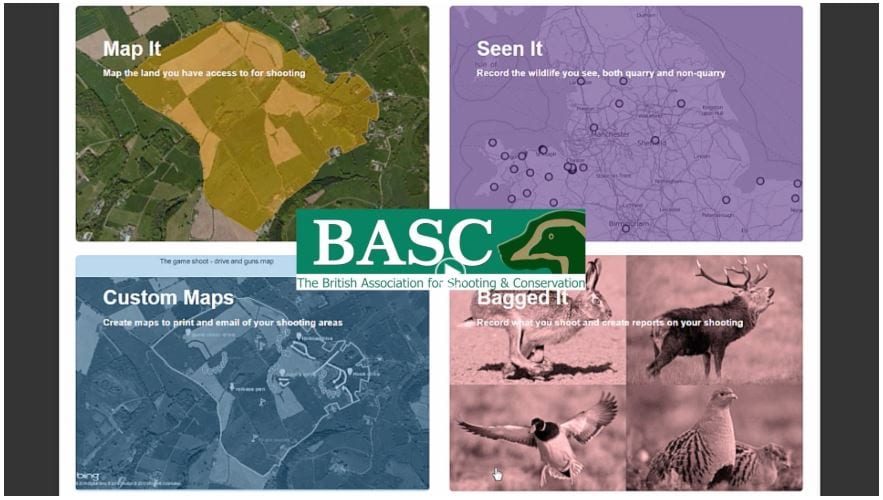
New features added to our Green Shoots Mapping software allow you to boost the conservation credentials of your shoot.
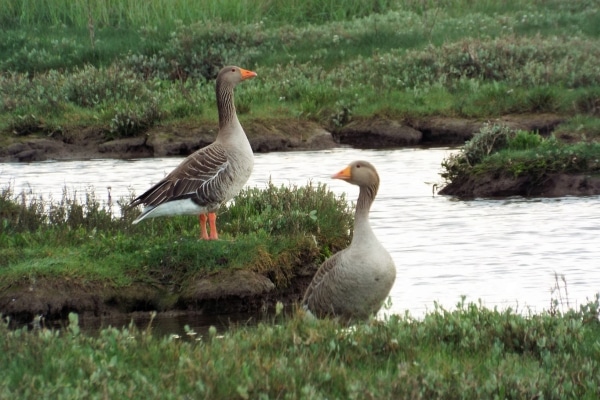
BASC’s Wing Week features a series of events centred around wildfowl and waders, running from 26 February – 4 March 2024.